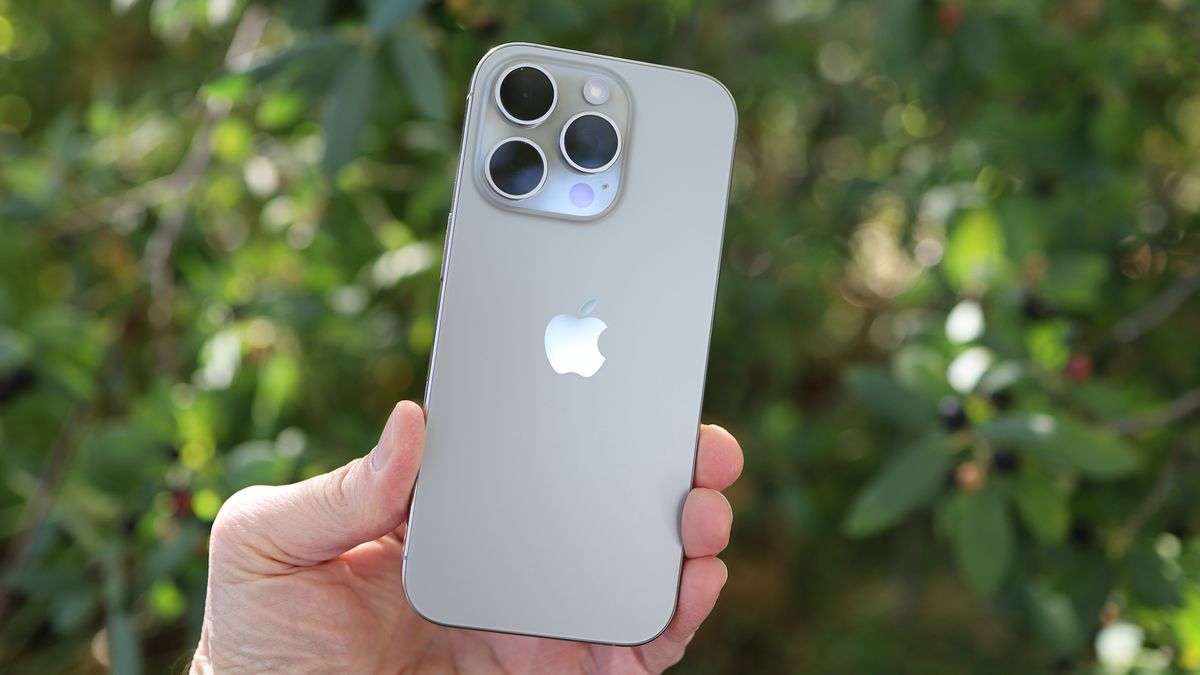## Brace Yourselves, iPhone Fans: Your Camera Dreams Might Be About to Crash and Burn
We all know Apple’s iPhone cameras are legendary, consistently pushing the boundaries of mobile photography. But what if we told you the iPhone 17 Pro and Pro Max might see a shakeup that leaves you both excited and confused? TechRadar is dropping some bombshells, claiming Apple’s next flagship camera system will be a mixed bag of downgrades and upgrades.
iPhone 17 Pro Camera Rumor Mill: Bigger Megapixels, Smaller Sensor?
The tech world is abuzz with anticipation for the release of the iPhone 17 Pro models, and as always, rumors about their camera specifications are flying fast and furious. Gizmoposts24 has dug deep into the latest leaks and whispers from reliable sources to bring you a comprehensive analysis of what we might expect from these highly anticipated devices.
The latest chatter suggests a significant shift in the camera setup, with both the iPhone 17 Pro and Pro Max potentially sporting a triple-lens 48MP+48MP+48MP configuration. This represents a notable jump from the 48MP+48MP+12MP arrangement found in the current iPhone 16 Pro models. However, there’s a twist: rumors indicate that the primary 48MP camera might utilize a smaller 1/1.3-inch sensor compared to the 1/1.28-inch sensor employed in the iPhone 16 Pro.
Will the Change Be Noticed?
The question on everyone’s mind is: will this sensor size reduction be perceptible in real-world photography and videography? The answer, as with many things in the tech world, is nuanced. While sensor size generally plays a crucial role in light capture and detail resolution, modern smartphone camera systems heavily rely on sophisticated software processing to enhance images.
The exceptional image processing capabilities of Apple’s A-series chips, coupled with advanced algorithms, often compensate for limitations in sensor size. Therefore, the impact of the smaller sensor might be minimal, especially for casual users. However, professional photographers and videographers who demand the highest level of image quality might notice a subtle difference in low-light performance and dynamic range.
The Bigger Picture
It’s important to remember that camera performance is a multifaceted equation, and sensor size is only one piece of the puzzle. Other critical factors include lens quality, image stabilization technology, and, of course, software optimization.
The iPhone 17 Pro models are expected to feature upgraded lenses with improved aperture and coatings, potentially mitigating the impact of the smaller sensor. Additionally, Apple’s renowned image processing prowess will likely play a crucial role in delivering exceptional image quality.
Ultimately, the overall camera experience will depend on the harmonious interplay of these various components.
Space for Innovations?
The decision to potentially downsize the sensor could free up valuable internal space within the iPhone 17 Pro models. This could pave the way for several exciting possibilities:
- Larger Battery Capacity: The freed-up space could accommodate a larger battery, resulting in extended battery life, a crucial feature for power users.
- Enhanced Communication Chipsets: Rumors suggest that the 2025 iPhones might feature Apple-designed Wi-Fi and Bluetooth chips. The sensor size reduction could create space for these cutting-edge components, potentially delivering faster and more efficient wireless connectivity.
Looking Ahead: What’s Next for iPhone Cameras?
While the iPhone 17 Pro models might focus on refining existing camera technology, the horizon holds even more exciting possibilities for future iPhone cameras.
Variable Aperture on the Horizon: Industry whispers point towards the potential introduction of a variable aperture on the Pro cameras of the iPhone 18 (2026) models. This feature would allow the aperture to adjust automatically, optimizing light capture in various lighting conditions. Variable apertures are commonly found in professional cameras and offer superior low-light performance and greater control over depth of field, producing stunning bokeh effects.
Conclusion
So, it seems Apple’s 2023 iPhone camera strategy is a bit of a head-scratcher. TechRadar’s intel suggests we might see both a step up and a step back in the iPhone 17 Pro and Pro Max cameras. While the potential for a periscope lens on the Pro Max is exciting, the reported downgrade of the main camera sensor from Sony’s IMX900 to an older, albeit refined, IMX910 model has us raising an eyebrow.
This conflicting news paints a picture of Apple walking a tightrope. On one hand, they’re pushing the boundaries with innovative features like the periscope lens, aiming to capture the ever-evolving landscape of mobile photography. On the other, they’re seemingly prioritizing cost-cutting measures, potentially sacrificing some raw image quality in the process. Only time will tell if this calculated risk pays off. Will the rumored improvements in image processing and computational photography truly compensate for the potential downgrade in sensor technology?
The iPhone 17 Pro and Pro Max cameras are poised to be a battlefield for photographic innovation, but it’s a fight that might be won with more than just megapixels. The battle for the best mobile camera is heating up, and Apple’s choices this year could redefine the future of smartphone photography.


Add Comment